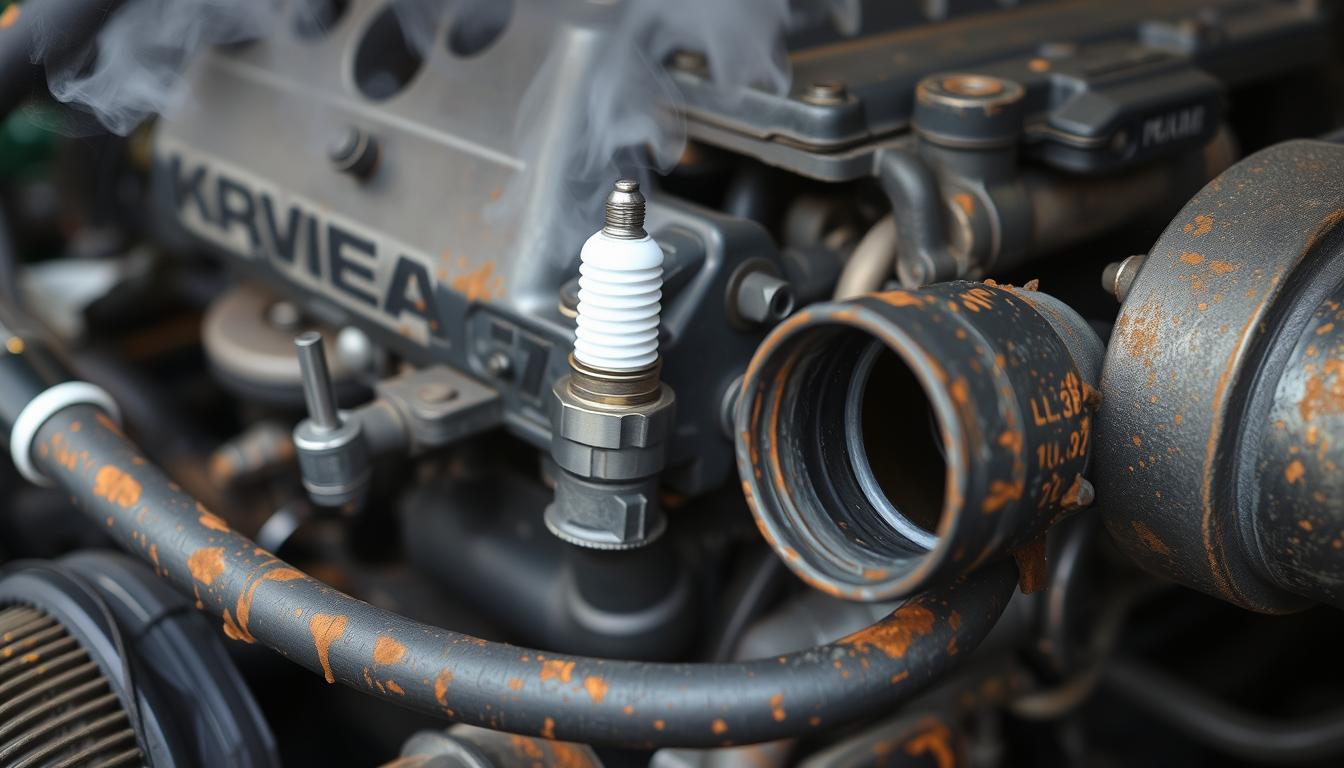Electric vehicle tuning is transforming the aftermarket by offering more customization options focused on performance, aesthetics, and efficiency. Advances in battery tech and software updates let you personalize acceleration and energy management easily. Sustainability remains key, with lightweight materials and eco-friendly upgrades gaining popularity. Regulatory incentives and growing consumer demand boost this trend further. If you keep exploring, you’ll uncover how innovation and market shifts shape the future of EV tuning.
Key Takeaways
- EVs are driving a surge in aftermarket customization, emphasizing performance, aesthetics, and sustainability options.
- Advances in battery and software tech enable personalized tuning for range, acceleration, and energy efficiency.
- Powertrain mods and lightweight materials enhance vehicle performance while meeting stricter environmental standards.
- Regulatory incentives and safety standards shape the development and accessibility of EV tuning solutions.
- Consumer demand for eco-friendly, high-performance upgrades is fueling rapid growth in the EV aftermarket industry.

As electric vehicle (EV) adoption accelerates worldwide, the aftermarket tuning industry is experiencing a noteworthy transformation. You’re probably noticing more options for customizing your EV, thanks to rising consumer interest and technological breakthroughs. With EVs becoming more affordable and appealing due to their sustainability and innovative features, people like you’re seeking ways to enhance performance, aesthetics, and efficiency.
EVs are transforming the aftermarket with more customization options driven by innovation and sustainability.
This shift isn’t just about personal expression; it’s driven by a genuine desire to optimize vehicle capabilities and stand out in a growing market.
One of the key factors fueling this trend is advances in battery technology. You benefit from longer ranges and better efficiency, which open up new possibilities for tuning. Software updates, similar to those used in traditional engines, are now playing an essential role in digital tuning solutions. These updates can improve acceleration, torque, or energy management, giving you a more personalized driving experience without extensive hardware modifications.
Powertrain optimization also becomes more accessible, allowing you to enhance overall efficiency and extend your EV’s range, which is increasingly important as regulations tighten and environmental standards become stricter. Battery prices are decreasing, making these upgrades more feasible and affordable for consumers like you. Additionally, the integration of advanced thermal management ensures batteries operate optimally, further supporting your tuning ambitions.
Regenerative braking systems are another area ripe for tuning. Manufacturers are refining these systems to recover more energy during deceleration, and aftermarket modifications can further boost this feature, improving efficiency and driving dynamics.
Lightweight materials are also being integrated into EV design, helping to reduce weight and improve handling, which tuning enthusiasts like you find appealing. As a result, your options for customizing EVs are expanding beyond simple cosmetic changes to include sophisticated performance enhancements rooted in cutting-edge materials and technology.
The regulatory environment plays an influential role in shaping your tuning options. Stricter emissions regulations and safety standards ensure that any modifications maintain high standards for consumer protection and environmental compliance.
Governments offering incentives for EV adoption also encourage manufacturers and aftermarket providers to develop innovative tuning solutions, making performance upgrades more accessible. Tax incentives and purchase considerations are encouraging more consumers to consider EV tuning as a viable option.
The development of charging infrastructure standards further supports your ability to optimize vehicle use and maintenance, ensuring your EV remains practical and efficient.
Consumers like you’re increasingly environmentally conscious, which influences how you approach EV tuning. You want your vehicle to reflect your commitment to sustainability, so aftermarket options focus on eco-friendly enhancements and high-performance upgrades that align with environmental policies.
Whether it’s customizing aesthetics or improving efficiency, your preferences are driving a vibrant aftermarket market that’s expected to grow considerably by 2033.
This expansion opens up a world of opportunities for parts, accessories, and performance solutions, allowing you to personalize your EV while maintaining high sustainability standards.
Frequently Asked Questions
How Does Tuning Affect Electric Vehicle Battery Longevity?
Tuning your electric vehicle can impact battery longevity by increasing power demands and stressing the system. When you customize settings like regenerative braking or performance modes, you might accelerate electrode degradation and capacity fade.
However, with proper thermal management and monitoring, you can balance performance with battery health. Keep in mind, aggressive tuning often shortens battery life, so moderation is key to maintaining longevity while enjoying improved vehicle performance.
Are Electric Vehicle Tuning Modifications Covered Under Warranty?
You’re wondering if EV tuning modifications are covered under warranty. Generally, warranties still cover unaffected components, but if tuning damages parts like the battery or drive system, your claim can be denied.
Manufacturers usually only exclude coverage for parts directly impacted by modifications. To avoid surprises, check with your warranty provider beforehand, keep detailed documentation, and consider manufacturer-approved upgrades, which are more likely to preserve your warranty.
What Safety Considerations Are Involved in EV Tuning?
Imagine your EV as a delicate high-wire act; even tiny tweaks can cause a catastrophic fall. When you tune your EV, you must consider high-voltage system safety, ensuring insulation, battery integrity, and accessible cutoff switches. Overlooking these can lead to fires or electrical failures.
Additionally, weight shifts and structural changes impact crash safety and pedestrian protection. Always prioritize safety protocols to prevent the kind of disaster that leaves everyone shaken.
How Do Tuning Options Impact EV Charging Efficiency?
When you tune an EV to improve charging efficiency, you optimize thermal management and charging strategies, reducing charging times and extending battery life.
Proper tuning can also help manage power grid load and ensure compatibility with specific charging stations.
Are There Legal Restrictions on Tuning Electric Vehicles?
Think of EV tuning regulations as a tightrope walk—you need to balance performance gains with legal boundaries.
You might face restrictions due to emissions laws and manufacturer warranties, as hacking into the system can void warranties or break laws in some areas.
Manufacturers encrypt software to keep modifications in check, and legal frameworks are still catching up.
Conclusion
As you explore the growing world of electric vehicle tuning, you’ll notice how enthusiasts are pushing boundaries. Remarkably, the EV tuning market is projected to grow at a compound annual rate of 25% through 2028, reflecting increasing demand for customization. This trend signifies not just a shift in automotive culture but also a future where your electric ride can be uniquely personalized, combining performance with sustainability—all while embracing innovation.










